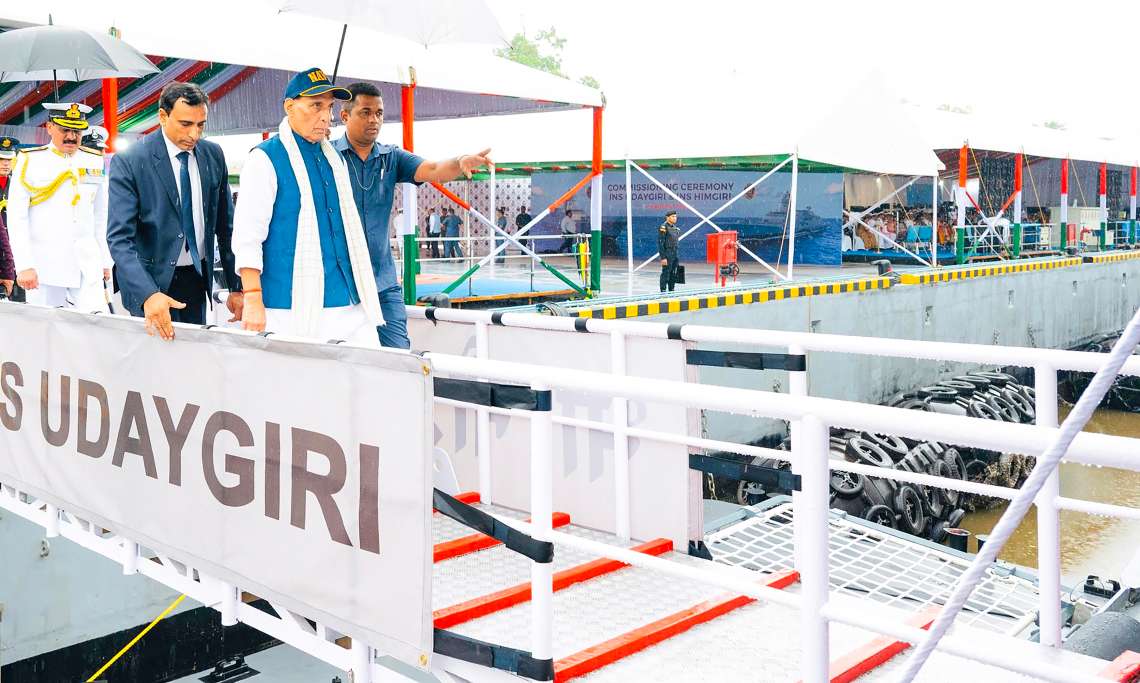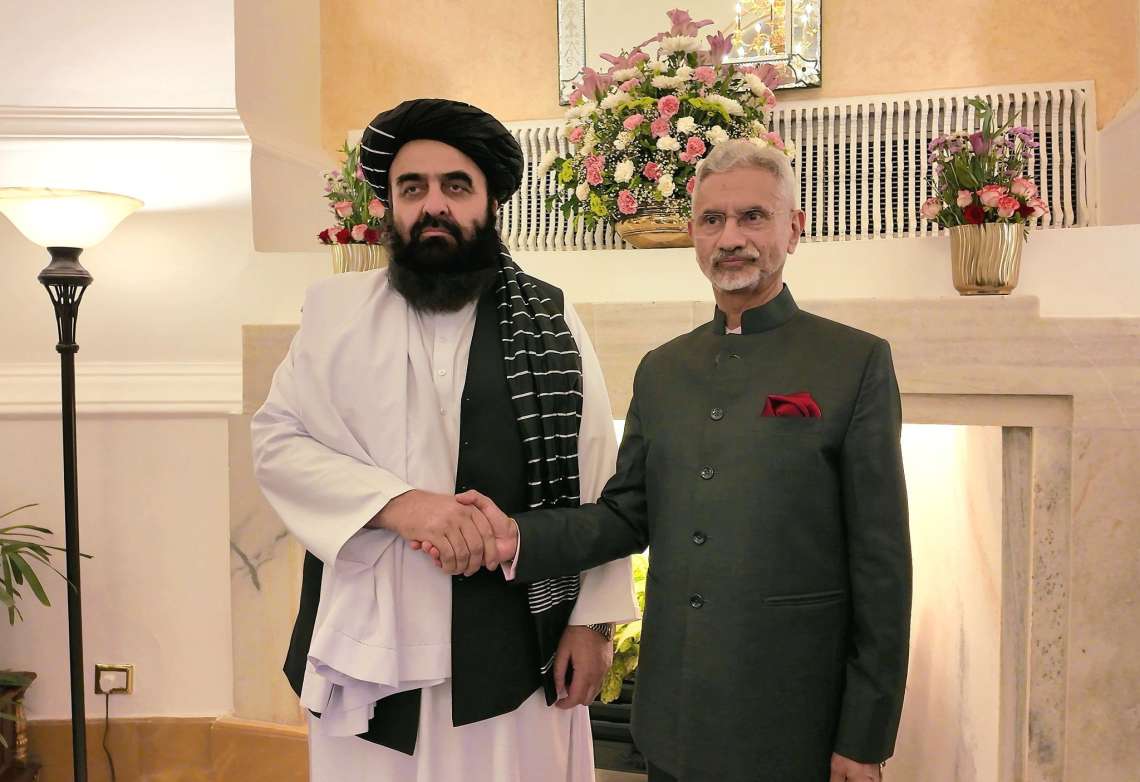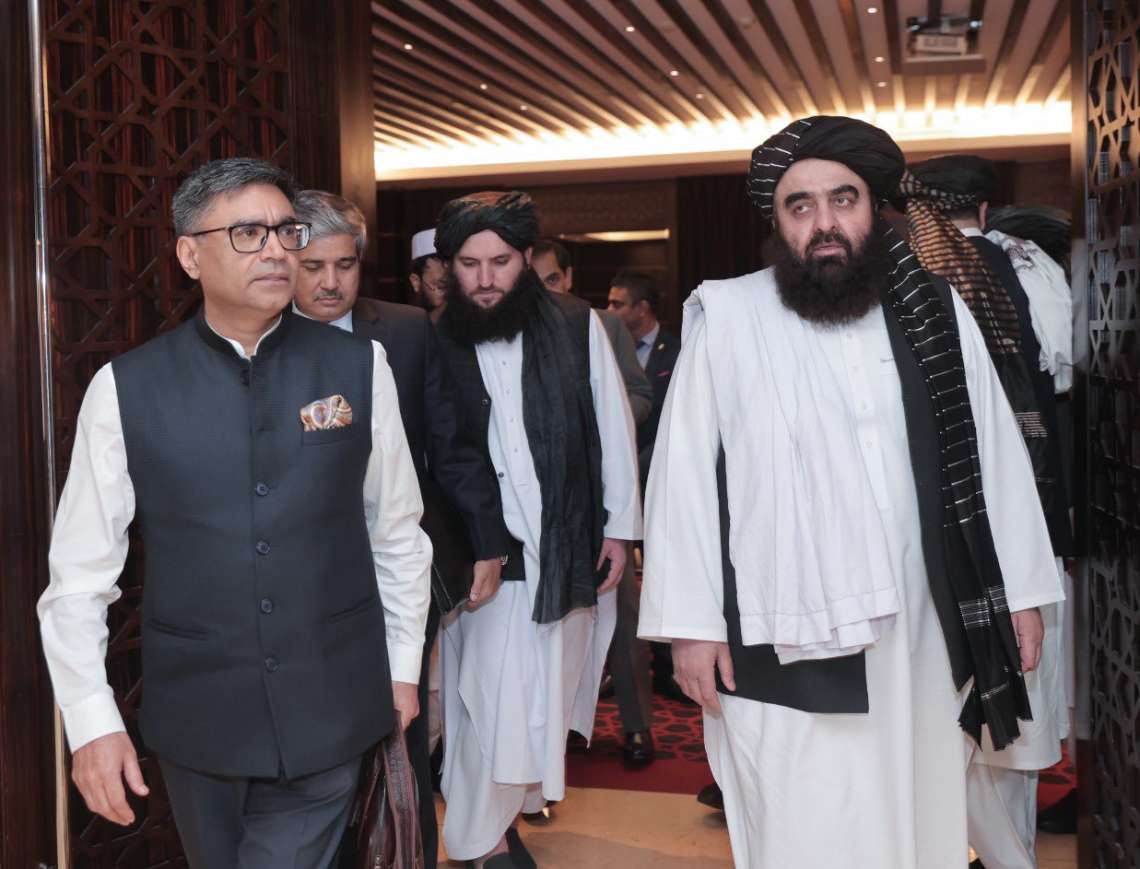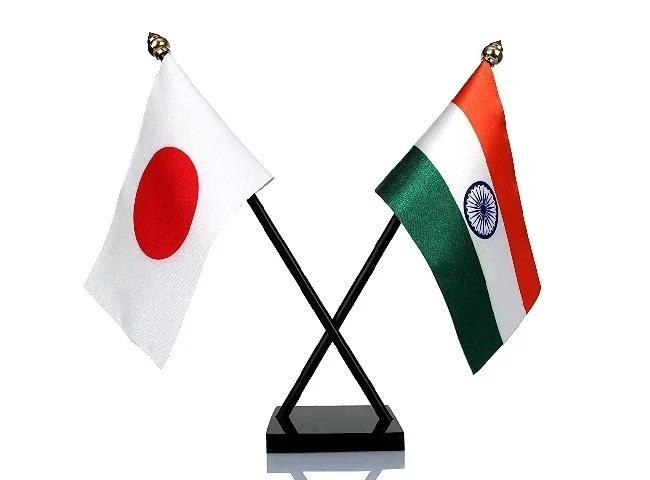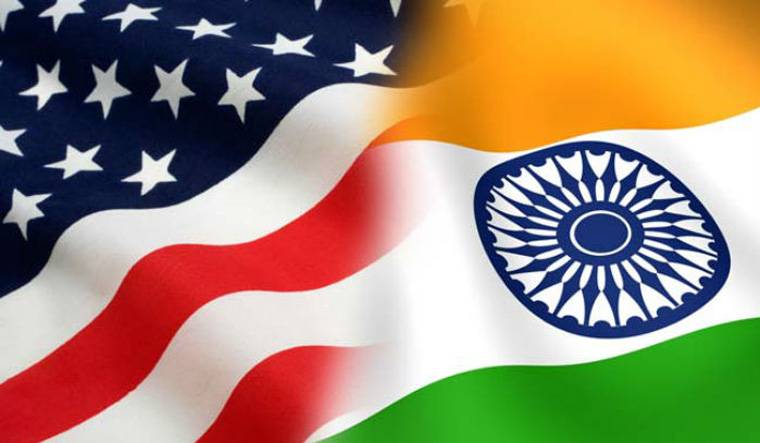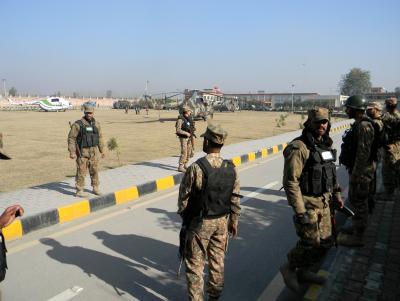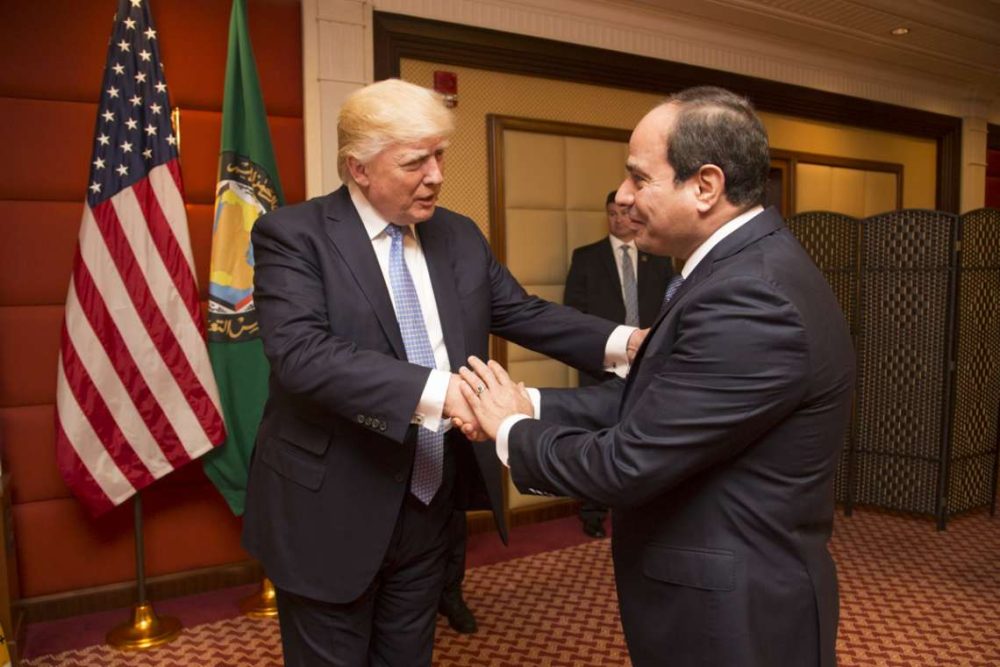India strengthens maritime security with the commissioning of two indigenous stealth frigates, while Project-75(I) promises submarines with unmatched underwater endurance, redefining naval deterrence in the Indian Ocean.
The Indian Navy took a decisive step towards bolstering maritime strength and self-reliance on Tuesday with the commissioning of two indigenous stealth frigates – INS Udaygiri and INS Himgiri – at a grand ceremony in Visakhapatnam presided over by Defence Minister Rajnath Singh.
Both warships, built with more than 75 per cent indigenous components, represent a milestone in India’s journey towards ‘Atmanirbharta’ in defence. They showcase the growing capability of Indian shipyards, public sector undertakings and small manufacturers who have contributed to the construction of the vessels.
Singh hailed the induction as a proud moment not only for the armed forces but for the entire nation. “This is our firm resolve for self-reliance. INS Udaygiri and INS Himgiri are proof of that very resolve,” he said, underlining that the ships marked the Navy’s entry into a new century of operations. “More than 75 per cent of the components are sourced from Indian manufacturers and MSMEs. It is a matter of national pride.”
The commissioning of INS Udaygiri and INS Himgiri carries a symbolic weight. Both names are linked to warships of the past – INS Udaygiri (F35) and INS Himgiri (F34) were inducted in the 1970s and served India for three decades before being decommissioned. Singh invoked the saying, “Old warships never die, they are resurrected in another avatar,” highlighting how their modern successors embody a blend of tradition and forward vision.
The Defence Minister also extended congratulations to Mazagon Dock Shipbuilders Limited and Garden Reach Shipbuilders and Engineers, the two state-owned companies behind the new frigates. Their achievements, Singh noted, were evidence of India’s industrial resilience and technological capacity.
Preparing for 21st-century threats
In his address, Singh emphasised the need for India’s armed forces to anticipate new challenges in modern warfare. “In today’s era, old thinking won’t work. We need to anticipate new threats and keep creating new solutions,” he said, stressing that India must continuously innovate to remain secure.
He recalled the Navy’s meticulous execution of Operation Sindoor, a recent demonstration of swift planning and deployment, to highlight the importance of readiness and agility. With conflicts worldwide becoming increasingly complex – spanning cyber, space, and underwater domains – Singh argued that India cannot afford complacency.
“Due to the constantly evolving nature of wars, it has become essential that we not only keep ourselves updated but also think in directions that are still unexplored and unexpected,” he said. He added that under Prime Minister Narendra Modi’s leadership, the government has given priority to research and development, ensuring India’s forces remain future-ready.
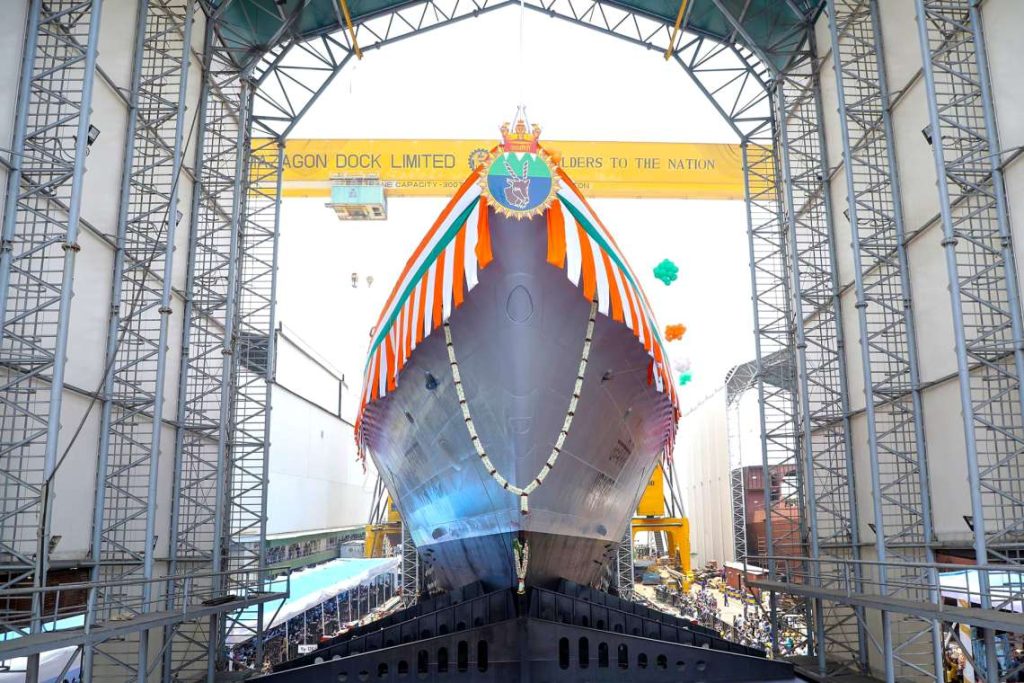
From frigates to submarines
The commissioning of the two frigates coincides with another major development in India’s naval modernisation – Project-75(I). Aimed at strengthening undersea warfare capabilities, this ambitious programme will equip the Navy with a new line of submarines fitted with Air Independent Propulsion (AIP) systems.
Unlike conventional diesel-electric submarines, which must surface frequently to recharge batteries, AIP-equipped submarines can generate electricity underwater, extending submersion from two days to nearly three weeks. This breakthrough makes detection much harder, a crucial advantage in modern naval warfare.
According to defence experts, the move closes a strategic gap in the Indian Ocean Region, where rivals China and Pakistan already operate AIP-capable submarines. The extended endurance allows Indian submarines to maintain covert patrols along critical chokepoints such as the Malacca Strait and Persian Gulf approaches, enhancing deterrence and surveillance capabilities.
Project-75(I) also has an industrial dimension, requiring at least 45 per cent indigenisation in the first submarine and scaling to 60 per cent by the sixth. This structured localisation is expected to catalyse India’s defence industry, boost employment, and reduce reliance on foreign suppliers for critical technology.
Together, the commissioning of INS Udaygiri and INS Himgiri, and the forward thrust of Project-75(I), point to a transformation in India’s maritime profile. From surface warships to advanced submarines, India is steadily building a Navy capable of safeguarding sea lanes, deterring threats, and projecting power across the Indian Ocean and beyond.
As Singh concluded at the ceremony, the message was clear: India’s naval modernisation is not only about ships and submarines, but also about the strategic autonomy and resilience of a nation determined to stand on its own feet.


